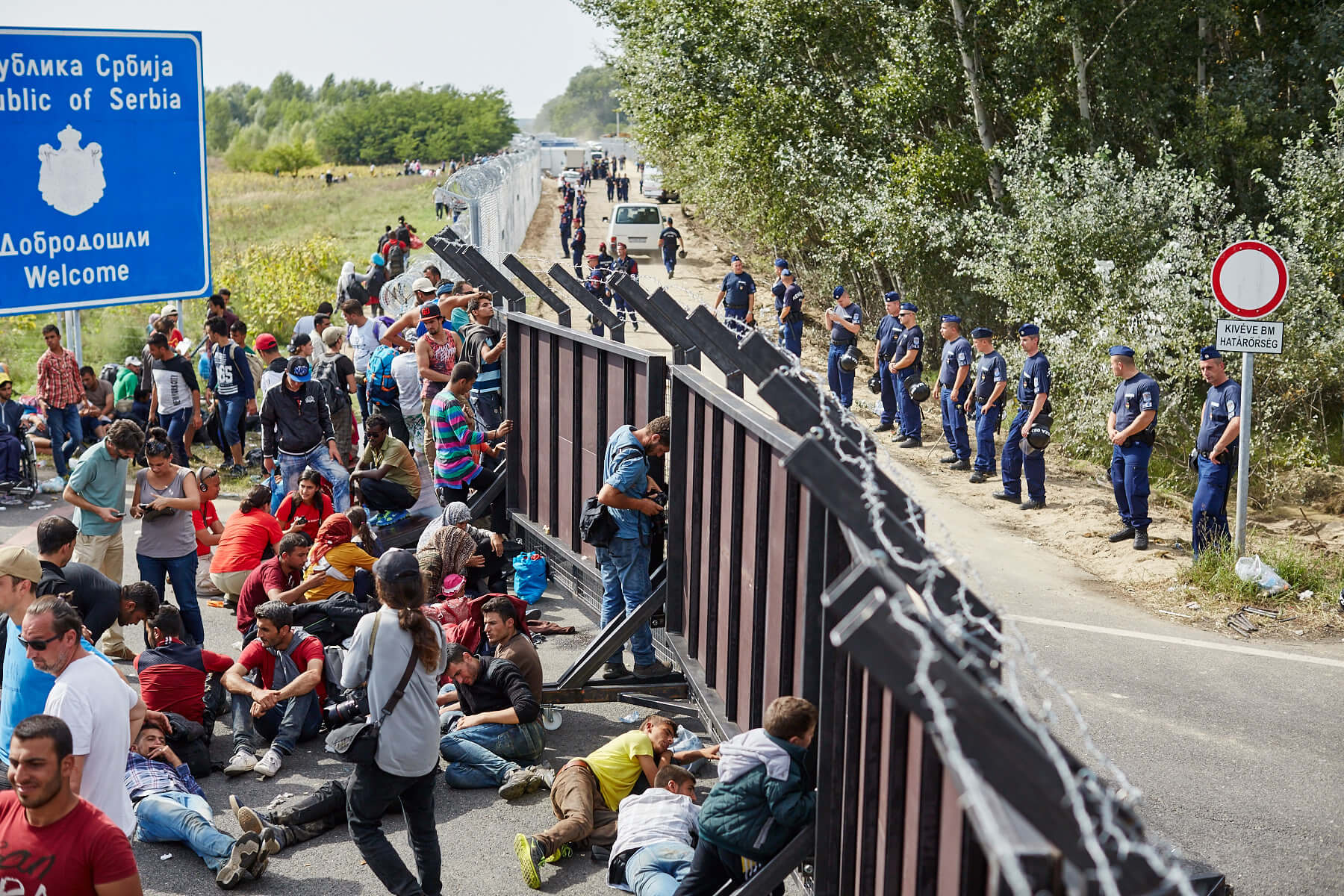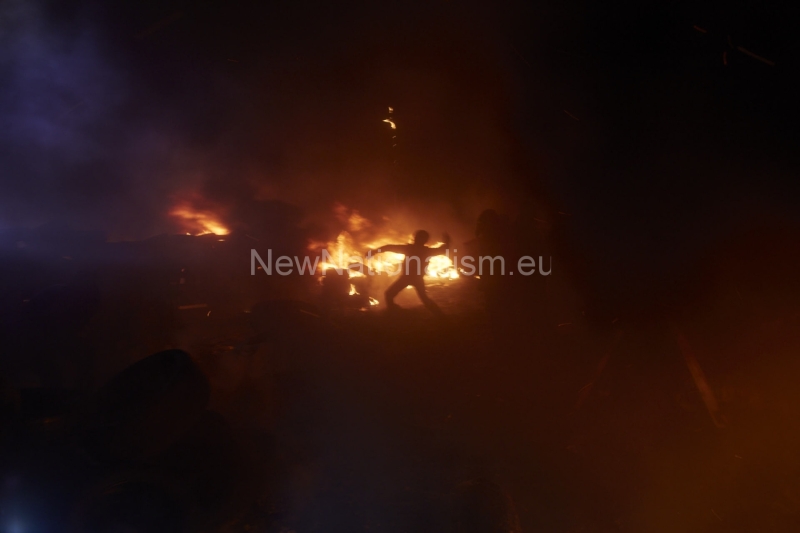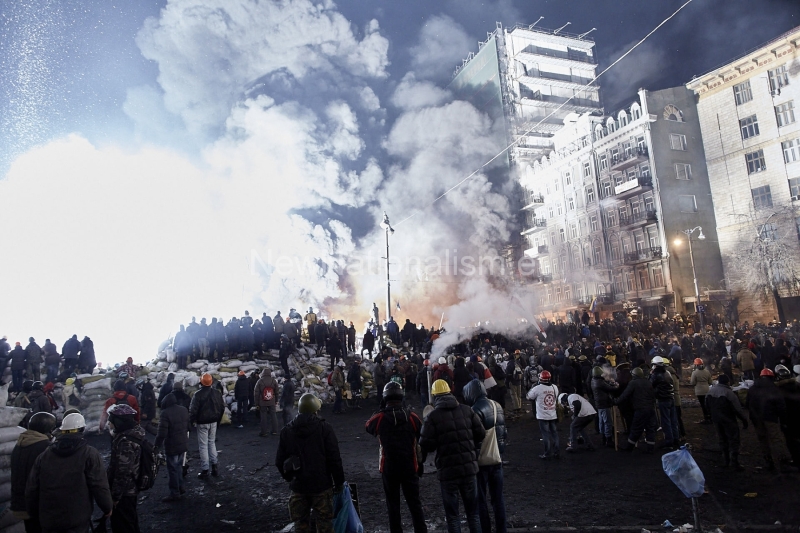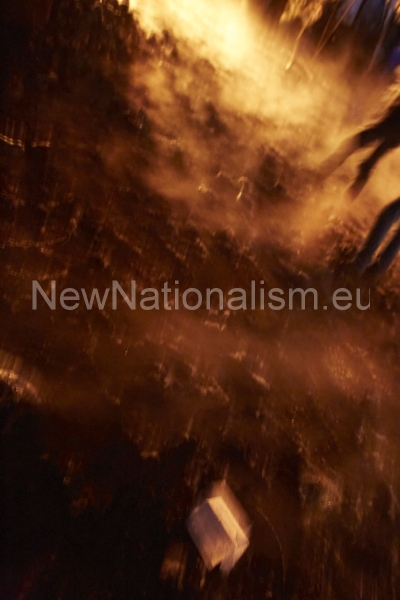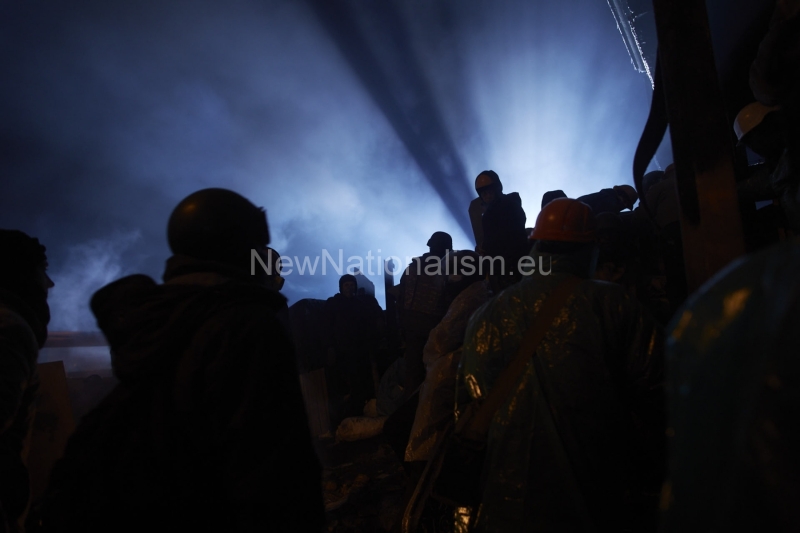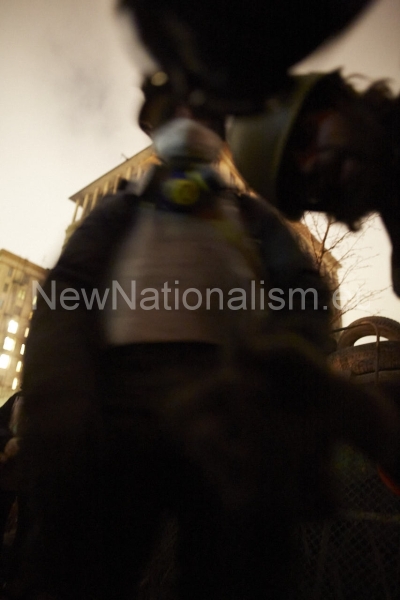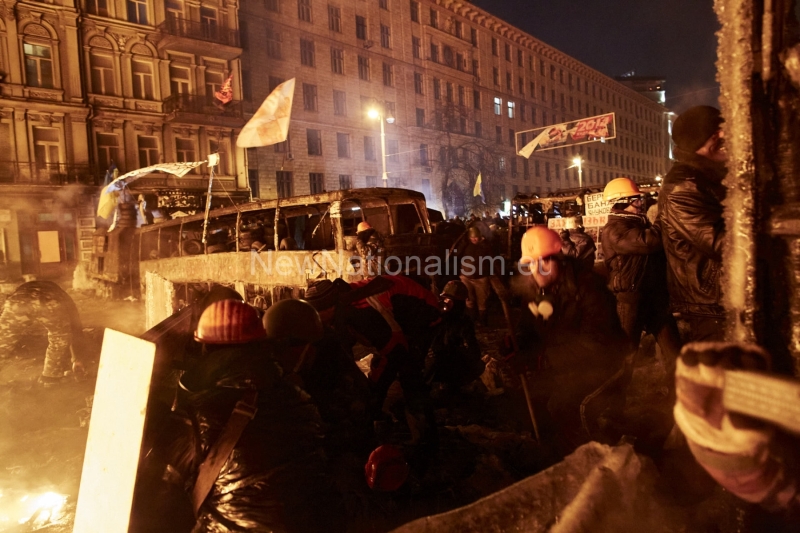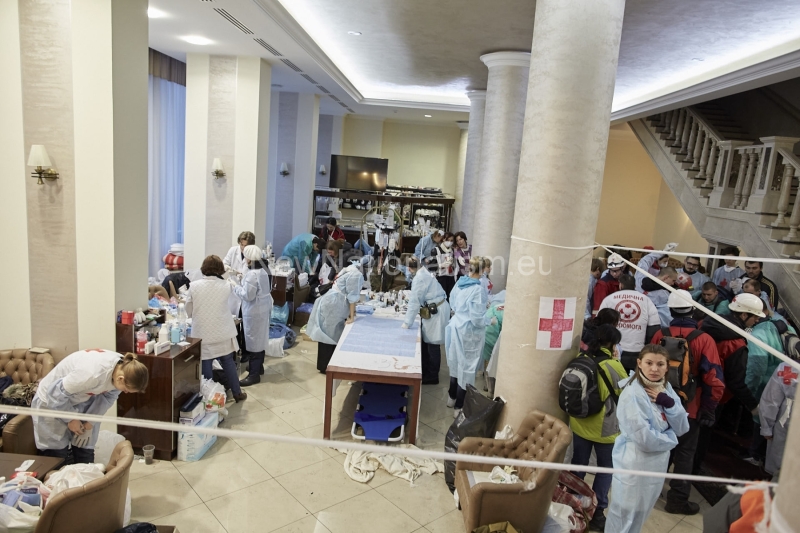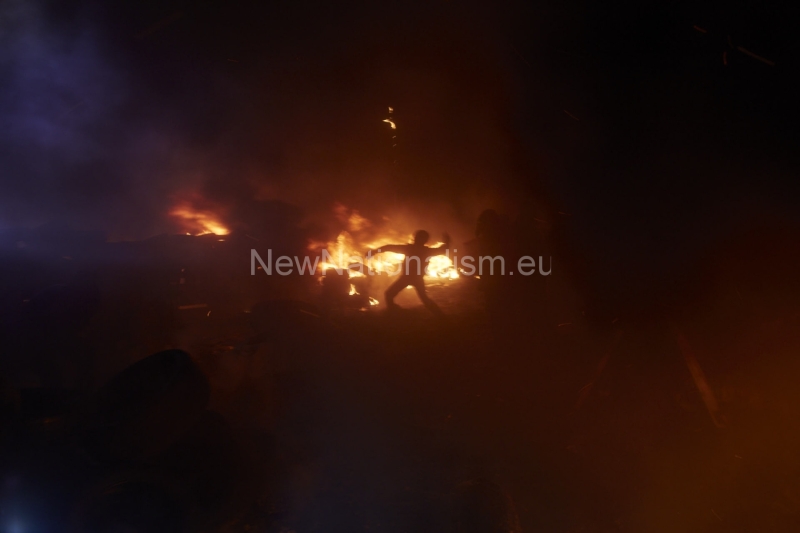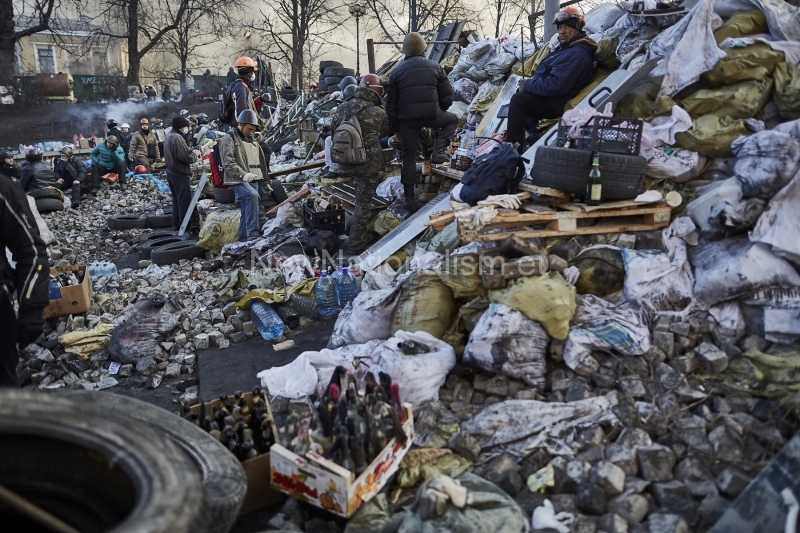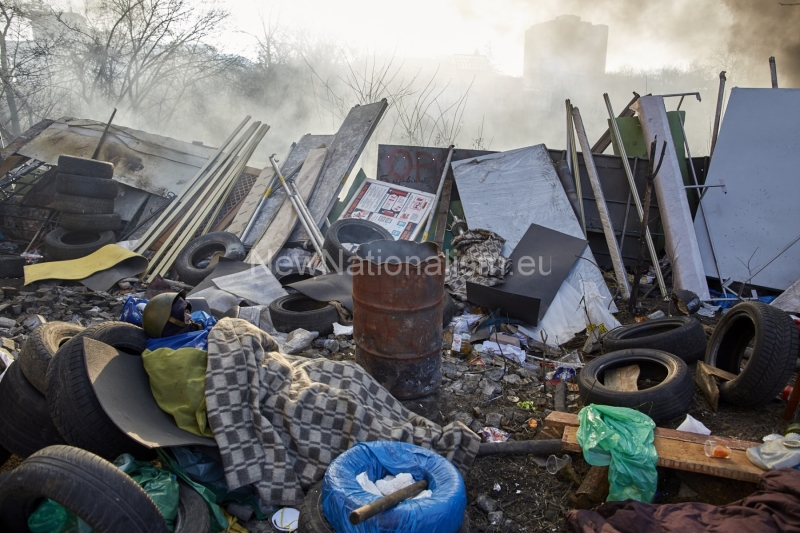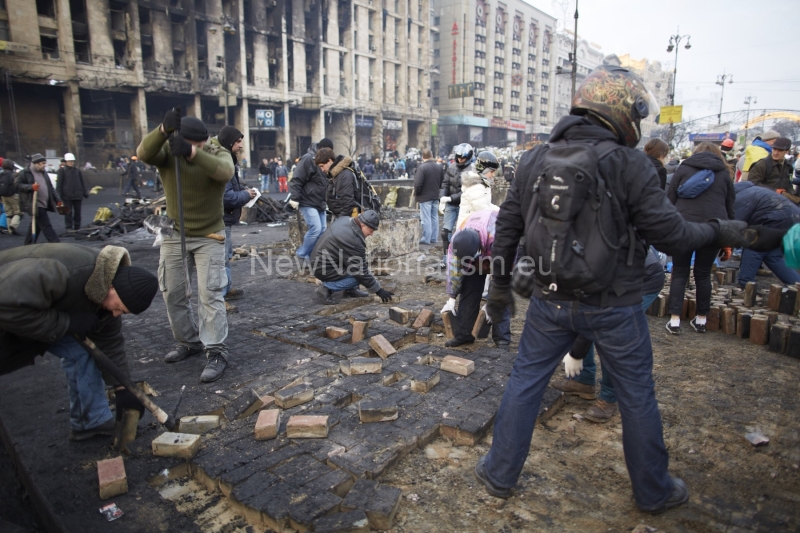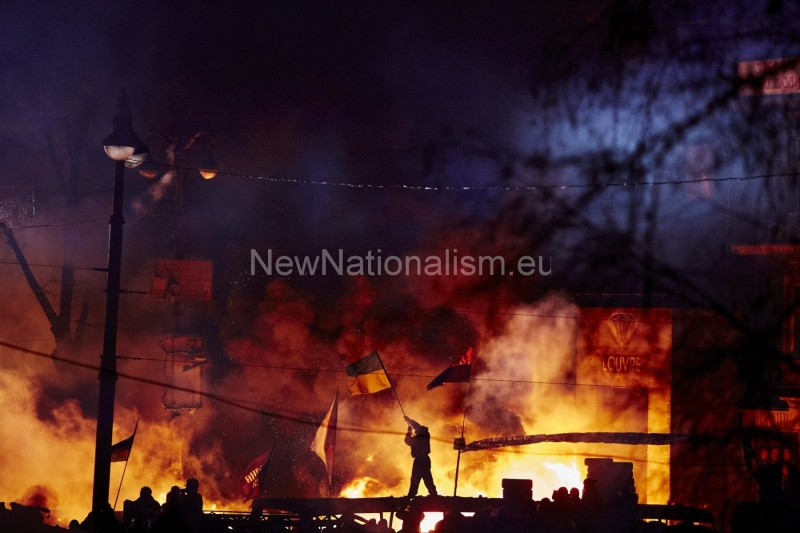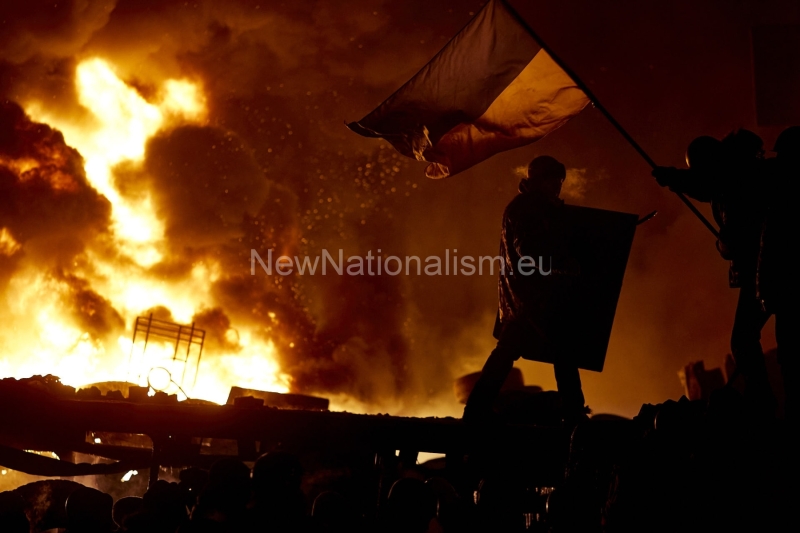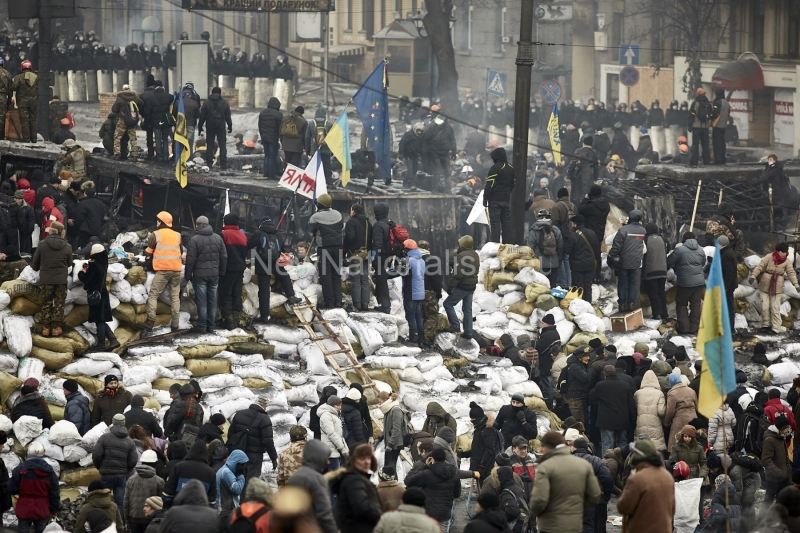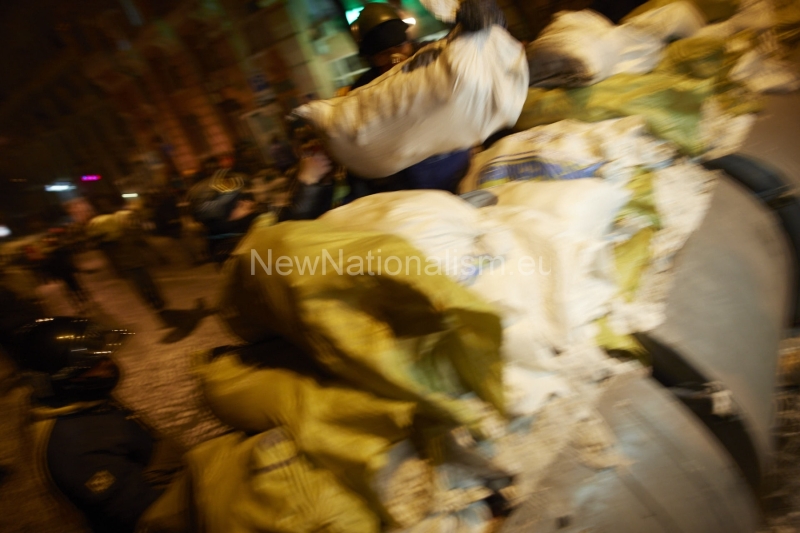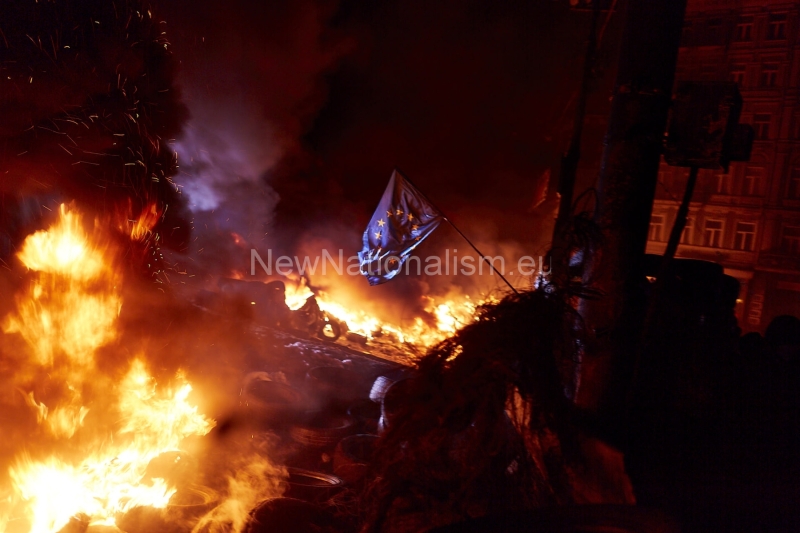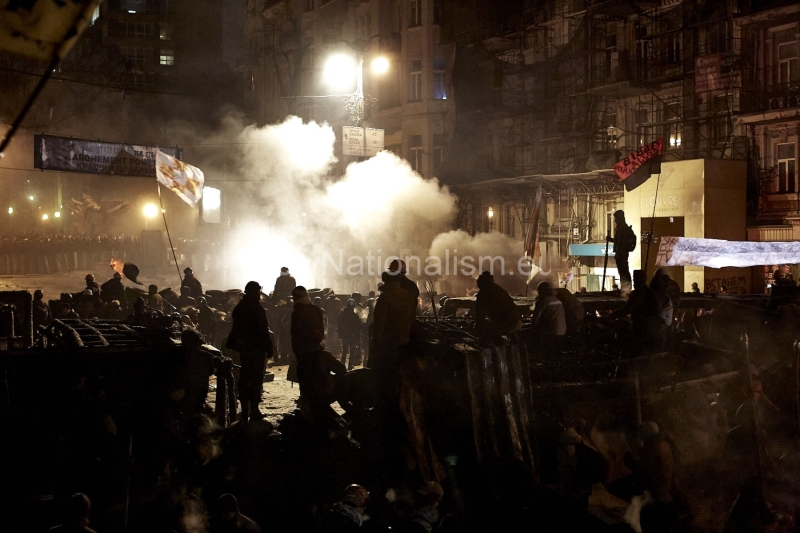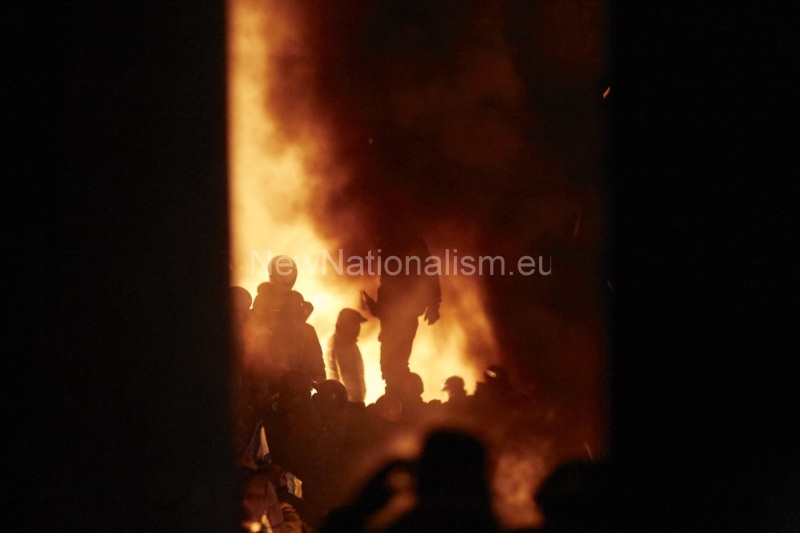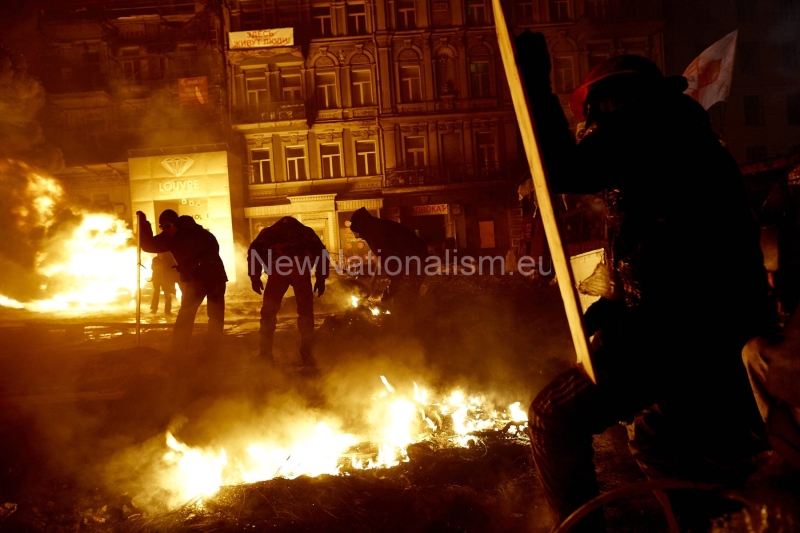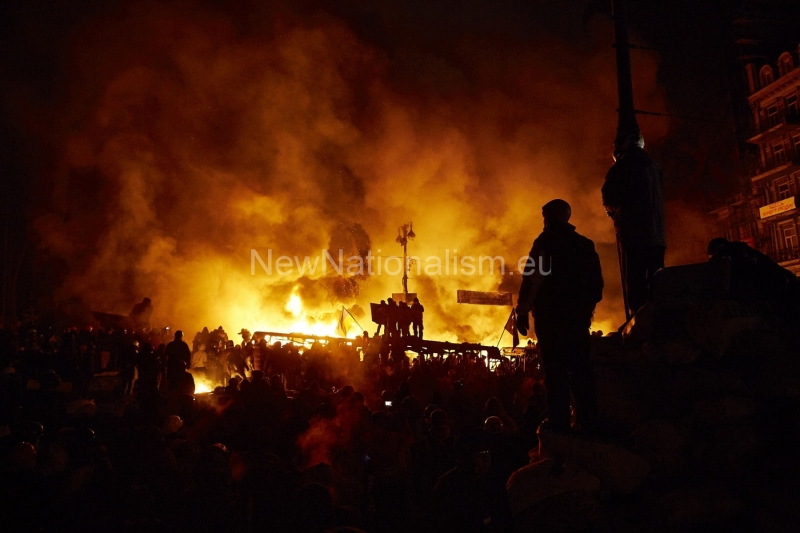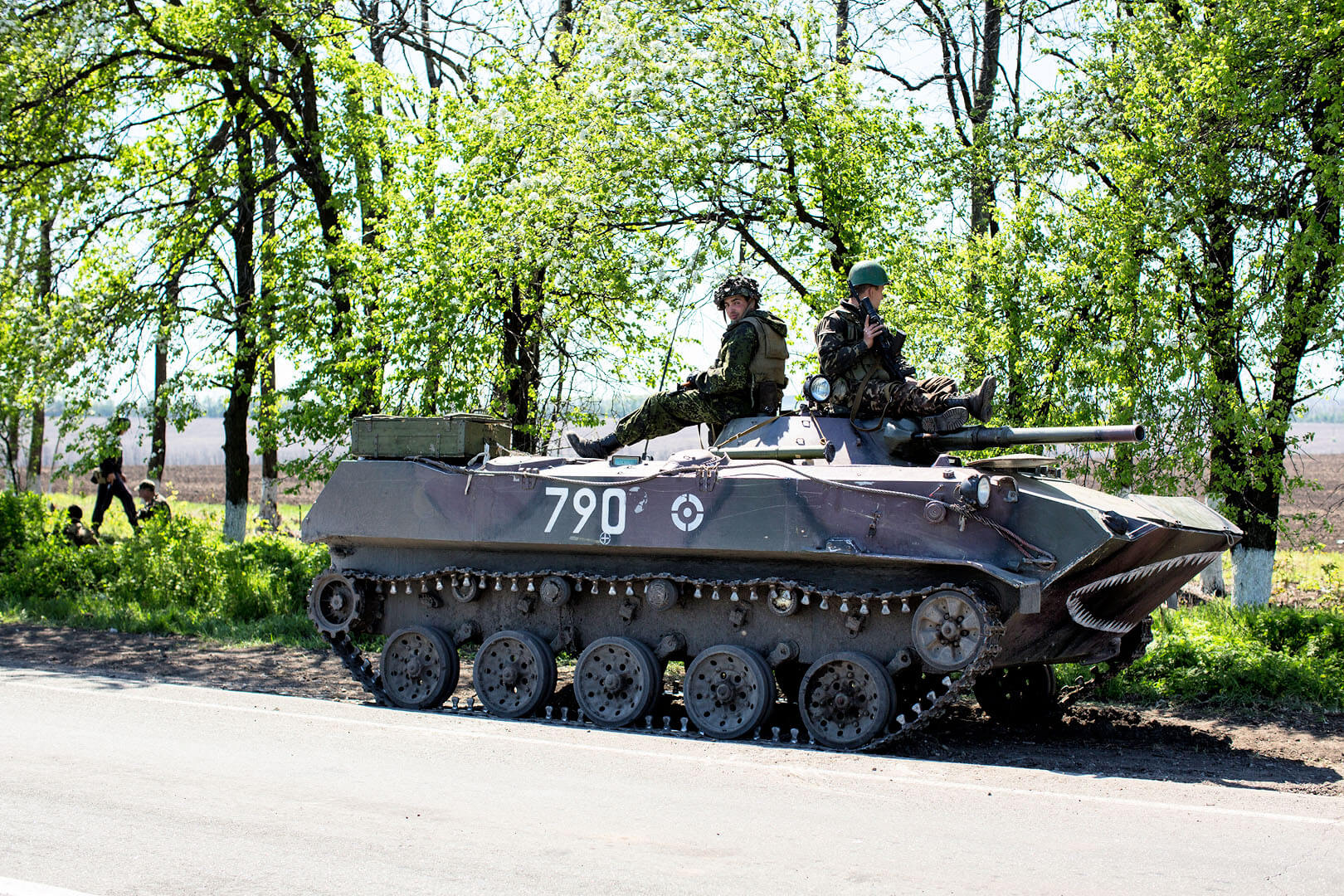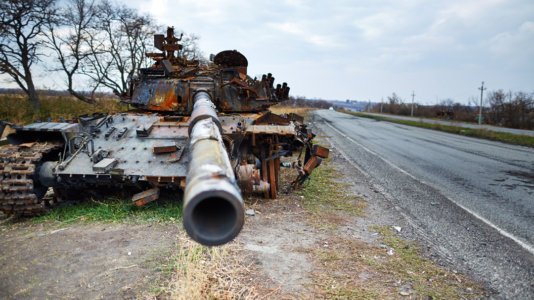In late 2013 and early 2014, anti-government protests known as EuroMaidan began in Ukraine, triggered by President Viktor Yanukovych’s decision to abandon closer ties with the European Union in favor of Russia. In December 2013, Russia offered Yanukovych a $15 billion bailout and a 33 percent discount on imported natural gas. The protests turned deadly on January 22, 2014, when at least three protesters were killed by gunshot during a police assault on the crowd, and more than 300 were injured. The tense standoff continued on Hrushevskoho Street near Dynamo Stadium, and the protests spread throughout the nation.
Over the following months, the protests continued and became more intense, sparked by new strict anti-protest laws. This led to the resignation of Prime Minister Mykola Azarov, the dismissal of his cabinet, and the repeal of most of the recent anti-protest legislation. The demonstrations spread throughout the country, with the most intense clashes taking place in central Kiev, where days of pitched battles, fires, and destruction left parts of the city in blackened ruin.
The situation in Ukraine remains complex and volatile, with ongoing political and military tensions between Ukraine and Russia. The events of the EuroMaidan protests ultimately led to Yanukovych’s ousting and the formation of a new government, but also contributed to the current conflict in Eastern Ukraine, where pro-Russian separatists have taken control of parts of the region. The crisis continues to have significant geopolitical implications, affecting relations between Russia, Ukraine, and other nations in the region and beyond.
















